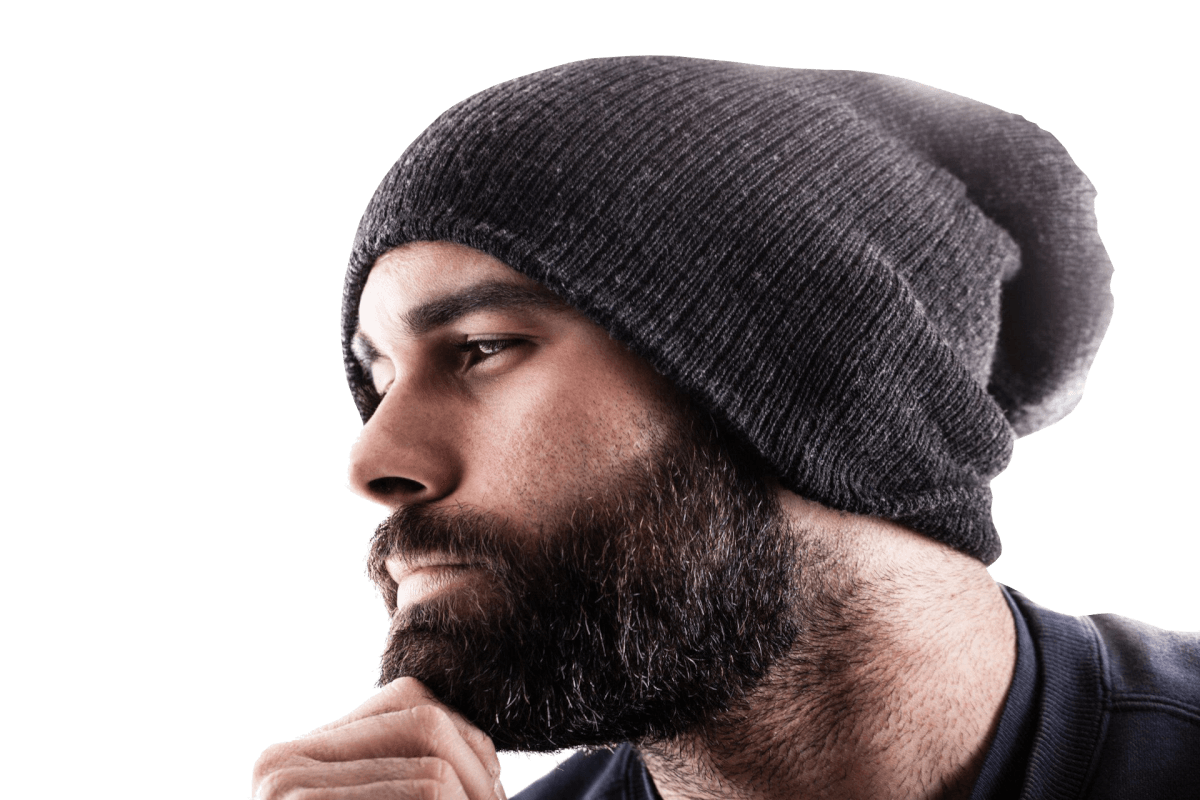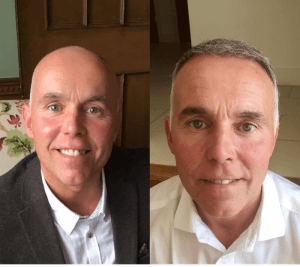Restoring Hair to the Beard, Sideburns, and Mustache (Beard hair transplant).
Beard hair can be lost for a number of reasons like genetics, laser hair removal, electrolysis, surgery, burns or injury. Goals for this beard hair transplant can vary from a minor filling in or thin coverage of a limited area to the full restoration of a thick, full goatee or beard. The facial hair transplant can be performed in areas where there is no hair growth or in areas where hair growth is thin and more density is desired.

Beard hair transplantation is a procedure, which restores hair to areas where facial hair growth is thin or missing. While this procedure is most commonly performed on the goatee and mustache areas, it can also be performed on beards, sideburns, and cheeks. Facial hair transplants can also be used to conceal acne scars and other types of scars.
The number of grafts required can vary but averages are as follows: 350-500 grafts for the mustache, 600-700 grafts for a full goatee, 200-250 grafts for each sideburn, and 300-700 grafts for a cheek beard. While not very common, some patients may require a second procedure to transplant additional grafts if they desire a very thick density.
Procedure & Recovery Beard hair transplant
The procedure is usually performed under local anesthesia with an oral sedative, depending on the patient’s choice. Lasting 2 to 5 hours, it is essentially painless, as is the recovery period. For the first 5 days after the procedure, tiny crusts are around each transplanted hair. Therefore the transplanted area must be kept absolutely dry.
Donor Hairs for beard hair Transplant
The donor hairs come from the scalp, which typically grows like normal facial hair in their texture. It can be shaved like other facial hair. The closest match is with hairs on the side of the scalp. Other times with hair from the back of the scalp. Once transplanted, the hairs are permanent. To provide a natural appearance, the hairs are transplanted as one and sometimes two hair grafts.
Because beard hair transplant is the treatment in which we are specialized, many patients come from abroad. The entire procedure can be scheduled by email, phone, and virtual consultation. This is because our team is able to evaluate photos sent by the patient.




 WhatsApp us
WhatsApp us